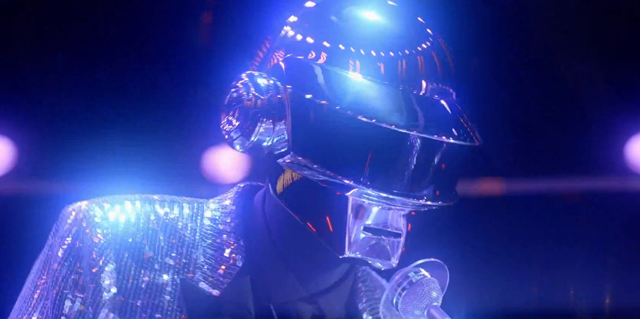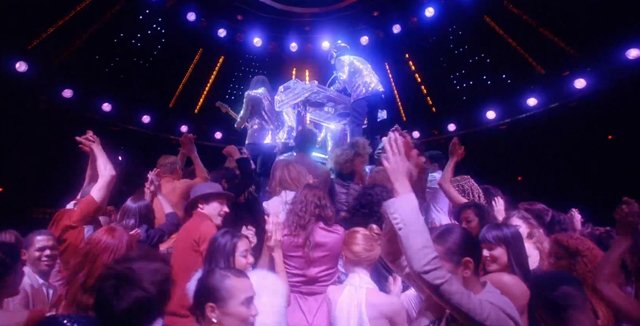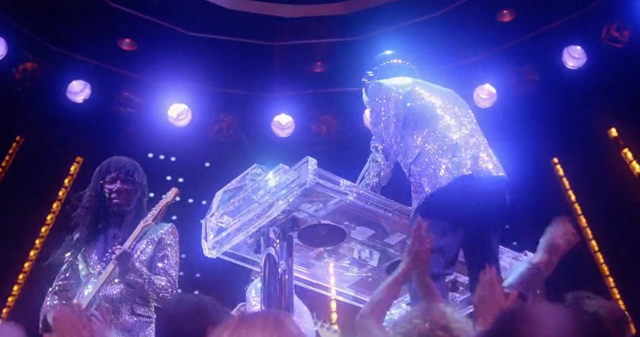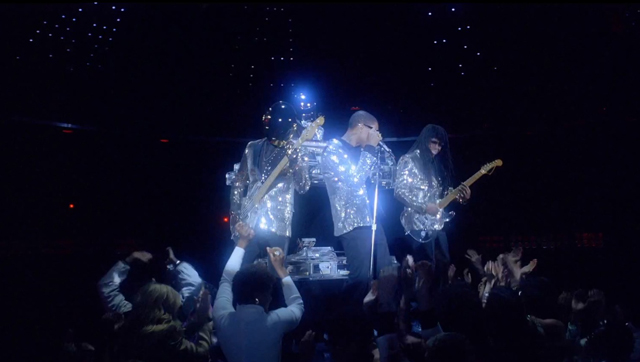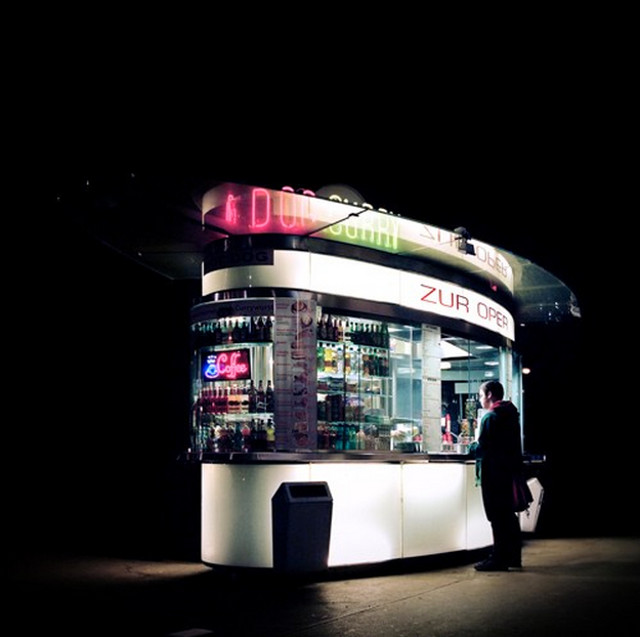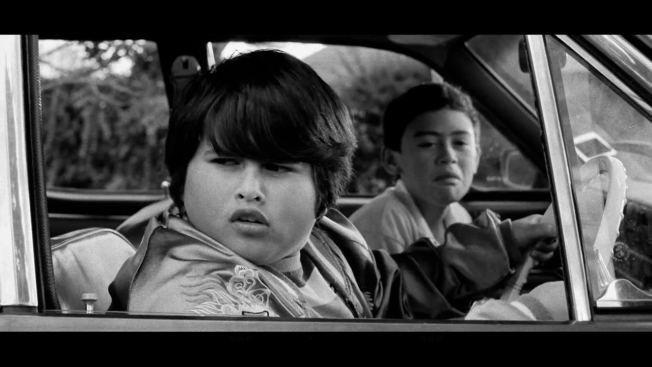A manifesto for the year ahead.

NAZIM SERHAT FIRAT
Hey all you still breathing out there,
On the second anniversary of OWS, here’s a manifesto to fill your lungs:
Look outside your window today and admire how permanent everything is.
Cars faithfully zoom in and out of traffic without end. Financial skyscrapers frame the streets, investing your dollars and cashing your paychecks with ease. People pour out of apartments on their way to the office, to visit friends, to look for work. The social order, all the basic interactions of the day, are predictable, normal, most likely the same as yesterday. The sheer rigidity of the political system is not in question.
Now imagine that it all snaps. That everything you know is turned upside down. The coffee shop is closed. The bank door is shut. People stop following even the most basic prompts.
Looking out the window today, we have that same feeling we had on September 16th, 2011, the day before those first courageous occupiers packed up their tents and made their move on Wall Street. Only this time, as we gaze beyond the glass, there is an assuring upward tilt on our otherwise steady lips. We now have a confidence in this generation that we didn’t have before. There are still curveballs that can shock the financial and psychological order. There is a growing conviction that the things that can happen, will happen. The world is still up for grabs.
Revolution is a Rhizome
What we experienced in 2011 is still reverberating around the globe. Most recently, in Turkey and Brazil, that feeling in the guts, that the future does not compute, is vibrant as ever. And because of that gnawing anxiety in the depths of an increasing mass of people, the new mode of activism, what Spanish journalist Bernardo Gutierrez calls a “new architecture of protest,” is spreading like a frenzy: what starts out as simple demands – don’t cut the trees, don’t raise the transit fair, don’t institute that corrupt judge – erupts into an all-encompassing desire to reboot the entire machine.
In the coming political horizon you can expect that wherever there is a crack, scandal, teacher strike or pipeline deception, you’ll find a hornet’s nest underneath. When you have a connected generation, all of their unique and individual demands are connected, too. Protest becomes a cornucopia, not a straight path. And the desire is not to destroy the system but to hack it, to re-code it, to commandeer it … to see revolution not as pyramid but as a rhizome … to see the system not as an unchanging text but as an ever changing language of computation, an algorithm.
More than ever we are seeing the actuality of the modern day truism, “we are all one.” Now, as we have the technology to organize – who cares if the NSA is listening in, in fact we welcome them to listen in and to be inspired – this first-ever global generation will be able to articulate itself more clearly, more viscerally, more intensely and at a frequency like never before.
Take a look out the window today. It wasn’t always this way. It won’t be this way forever.
A Generation Under Pressure
This generation is under pressure. Leading American pundits like David Brooks and Andrew Sorkin laugh us off as ungrateful kids and milquetoast radicals, people who just aren’t willing to work like the previous generation. But these folks just don’t get it. The engine light of humanity has turned on. But no mechanic of the old paradigm can fix it. We’re experiencing a global system failure like never before. But no programmer of the old language can re-write it. The Earth is getting sick. The culture is in terminal decline. Mental illness is the number one cause of lost workplace hours in America. What other indicator does one need? Rejection is not ungratefulness, it’s a beautiful and sincere longing for a sane and sustainable tomorrow. But as the valves are twisted tighter … well … you can see the result everywhere.
Last July, as hundreds of thousands of protesters were marching in cities throughout Turkey and Brazil, Adbusters creative director Pedro Inoue skipped work to join the magic in the streets. He sent us this testimony from the center of São Paulo, a portrait that became the backbone of one of our most spirited and hopeful publications yet. We’ve long been accused of being too negative … yet here our readers saw a bright light:
It’s something you feel when the lover in your arms is laughing and you feel like your heart is going to break because there couldn’t possibly be any more room for good inside. The high begins to float you away. We were walking to the governor’s house, taking time along the way to talk, look at people waving flags from apartment windows, listen to chants coming and going like waves in this sea of people. I looked into this kid’s eyes. He kept talking but I only remember those eight words.
“Man, what a beautiful world we live in,” he said.
I was mesmerized by the shine in his eyes. Sparks. Flashes. Pulses. Bursts of light. When the global revolution finally arrives … it’s going to shine everywhere like that.
The conditions that spurred on the Greek anarchists, the Arab Spring, the Spanish indignados, #Occupywallstreet, the Chilean student revolt, Pussy riot, the Quebec uprising, #idlenomore, Yo Soy 132 in Mexico, and the insurrections in Istanbul, Lima, Bulgaria and São Paulo have only worsened. Inequality is reaching obscene proportions in America and many other nations. There is an ever-greater concentration of wealth, ever-bigger banks, a steady increase of high frequency trading (HFT), derivative confusion and outbursts of rogue financial algorithms that send markets dipping and waning beyond any human control. $1.3 trillion in speculative financial transactions keep swirling around the planet every day. The stage is now set for a much more catastrophic market crash than 2008. And inside each and every one of us, the desire for real is growing: Real economy. Real democracy. Real possibilities. Real humanity. Real leadership. Real horizons. Real interactions. Real things. Real life.
Three Metamemes for the Future
Here at Adbusters, we see three big tactical breakthrough ideas, three metamemes, that have the power to veer this global trainwreck of ours from its date with disaster. Make no mistake, the crash is a brutal world – a barbarian reality. It’s a happening that none of us should seek out joyfully. Yet we cannot just go with the flow, sing with the speed and trust the inertia of our current economic doomsday machine.
The first thing we can do is call for a radical re-think of our global economic system. Unbridled neocon capitalism has been riding the back of humankind without opposition for nearly two generations now. It has provided no answer yet and it has no answer for the most pressing threat of the future, namely climate change. Economics students and heterodox economists must rise up in universities everywhere and demand a shift in the theoretical foundations of economic science. We have to abandon almost everything we thought we knew about the gods of progress, happiness and growth. We have to re-imagine industry, nutrition, communication, transportation, housing and money and pioneer a new kind of economics, a bionomics, a psychonomics, an ecological economics that is up to the job of managing our planetary household.
The second thing we can do is usher in a new era of radical transparency … to add the right to live in a transparent world as a new human right in the constitution of nations and in the Universal Declaration of Human Rights. Current events in Syria are a perfect example of how secrecy by the major powers of the world leads to confusion and the possibility of catastrophic failure. Assad may get away with a type of murderous appetite not seen since WWII, for no reason other than the fact that America can no longer be trusted to tell the truth. Radical transparency is the only path towards a viable global democracy of the future.
The third thing we can do is take inspiration and learn lessons from a new tactical breakthrough in global activism – the revolution algorithm. The internet has reversed a centuries-old power dynamic. The street now has unprecedented power. Through hacking, rhizomatic organizing, viral memes, it can paralyze cities, bring whole countries to a standstill … protests and uprisings can spook stock markets into plunging 10% in a single day, as happened recently in Turkey, and, if we the people are angry and fired up enough, we can force even the most arrogant presidents and prime ministers to the democratic table.
In the 21st century, democracy could look like this: a dynamic, visceral, never-ending feedback loop between entrenched power structures and the street. In this new model, corporate power will be forever blunted by sustained and clearly articulated demands for new economic, political and environmental policies, for visceral debates and referendums on critical issues, for the revocation of the charters of corporations that break the public trust and for new laws and constitutional amendments on democratic fundamentals like secrecy, corporate personhood and the rules by which nations go to war. Every government department, every minister and the whole political establishment, right down to the think tanks, media pundits and CEOs, will be under the gun, on an almost daily basis, to bend to the ever changing pulse of the people.
As this second anniversary of Occupy passes, perhaps with raging flames, perhaps with only a few sparks, we can take solace in one thing: Our current global system – capitalism – is in terminal decline … and while its corpse is still twitching, our jobs, yours, mine, all of us, are to stay vigilant and to keep working on our own lives … We shy away from the megacorporations, we refuse to buy heavily advertised products, we meticulously seek out toxin-free information, we eat, travel, socialize and live as lightly as we can … we fight for our happiness … we build trust with each other and play the #killcap game at least once every day … and most important, we focus our eyes on the horizon and wait for our next moment to come.
Read more on Adbusters.org







